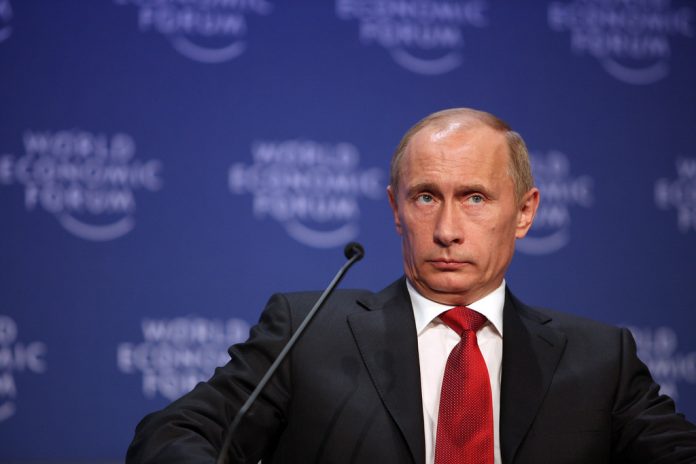It isn’t.
According to Investopedia’s rankings, at $1.48 trillion nominal GDP, Russia has the 11th largest economy in the world, and only represents 1.31 percent of the world’s economy. It’s nominal GDP per capita is $10,126 (in current U.S. dollars).
The United States, by contrast, has a nominal GDP of $20.89 trillion—roughly 14 times the size of Russia’s economy. And nominal GDP per capita is $63,413.
Even three U.S. states have larger GDPs than Russia: California ($3.1 trillion), Texas ($1.78 trillion) and New York ($1.7 trillion). Note that California has more than twice the GDP of Russia.
There’s more. Russia’s efforts in Ukraine are being challenged by all of the developed economies, especially the European Union in alliance with the United States. So it’s worth looking at the EU’s combined economic strength: about $15.28 trillion.
Add the U.S. and EU GDPs and you get about $35 trillion, more than 40 percent of the world GDP.
In addition, while most economies were growing over the past decade—2020 being a big exception—Russia’s economy has not. Indeed, it was significantly larger a decade ago. [See the chart of Russia’s GDP over time.]
 But, while Russia is an economic mouse, it is a military rat. Like most authoritarian governments, it must maintain a large and effective military to project a sense of strength, both to other countries and especially to its own people—where the real threat of overthrowing the government comes from.
But, while Russia is an economic mouse, it is a military rat. Like most authoritarian governments, it must maintain a large and effective military to project a sense of strength, both to other countries and especially to its own people—where the real threat of overthrowing the government comes from.
We do not know what economic sanctions the United States and the EU plan for Russia, nor how effective they will be. But it probably won’t take much to undermine the Russian economy, in part because Putin’s policies have already done so much to undermine it.
Originally published by Institute for Policy Innovation. Republished with permission.












[…] post Russia’s Minuscule Economy: The Mouse That Roars appeared first on Heartland Daily […]